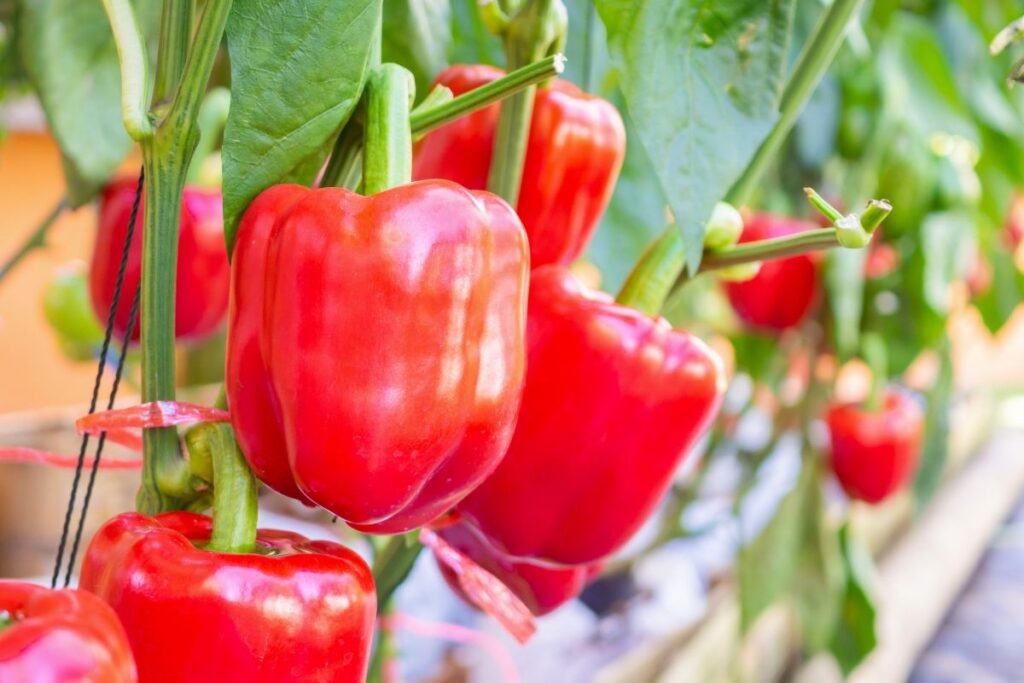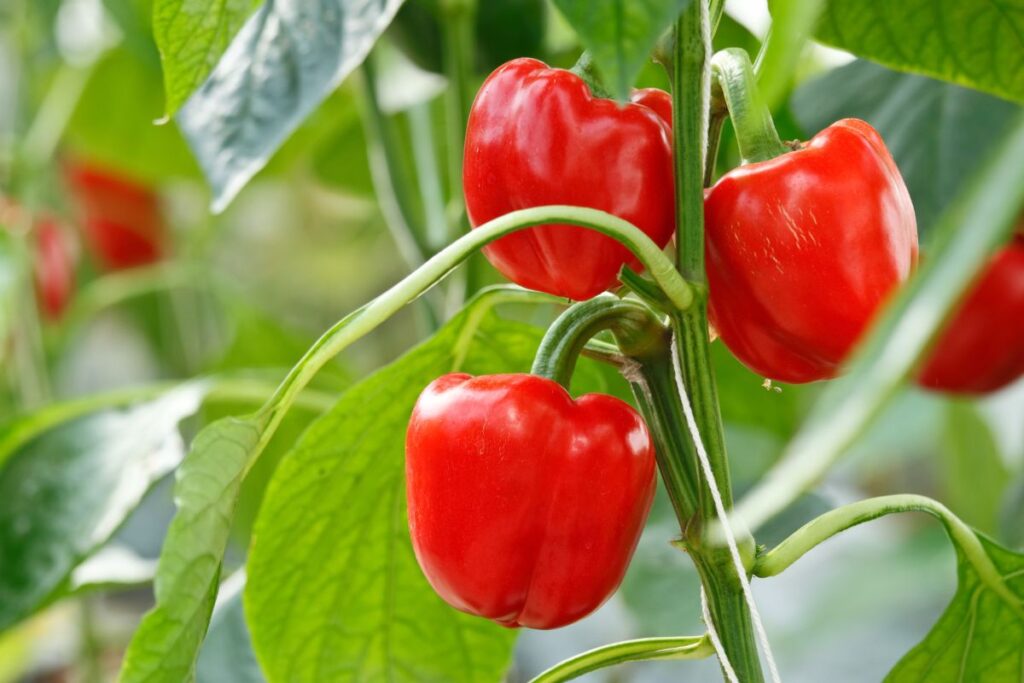Bell peppers (Capsicum annuum) are probably the most colorful addition to any garden. These vegetables come in a range of hues including red, yellow, orange, green, and even purple or white. Bell pepper plants grow into compact bushes with large leaves, white flowers, and fruits on multiple branches, offering various sizes from miniature to giant.
Growing bell peppers from seeds can be a rewarding experience for both novice and experienced gardeners. This method allows for a wider variety of pepper types than typically found in nurseries and can be more cost-effective. With proper care and attention, you can cultivate healthy pepper plants that produce abundant, flavorful fruits throughout the growing season.
In this article, we’ll guide you through the essential steps to successfully grow bell peppers from seeds, from germination to harvest.
Pick Your Seeds Wisely
Start by choosing good quality seeds. You can get them from a local garden center or order them online.
It’s tempting to just grab any pack, but go for a reliable brand. There are a bunch of varieties, like bell, sweet, and mini peppers, so pick one that interests you.
If you’re feeling adventurous, try growing a couple of different types to see which ones you like best!
Start Them Indoors
Bell peppers are a bit finicky about temperature, so it’s best to start your seeds indoors. Plant the seeds about 8-10 weeks before the last expected frost in your area.
Use seed trays or small pots with good drainage. Fill them with seed-starting mix, plant the seeds about 1/4 inch deep, and keep them in a warm, sunny spot.
Keep It Warm and Light
Bell pepper seeds need warmth and light to germinate. Aim for a temperature around 70-80°F (21-27°C).
If you don’t have a sunny window, you can use a grow light. They need about 14-16 hours of light a day.
A heating mat can also help keep the soil temperature steady, which speeds up germination.
Watering is Key
Keep the soil moist but not waterlogged. It’s a delicate balance!
You can cover the seed trays with plastic wrap to hold in moisture until they sprout. Once the seedlings pop up, remove the plastic and keep watering them regularly.
Make sure the soil doesn’t dry out completely.
Transplant with Care
Once your seedlings have about 2-3 sets of true leaves, they’re ready to move outside. But don’t just plop them in the garden.
Harden them off by gradually exposing them to outdoor conditions over a week. Start in a shady spot for a few hours a day and slowly increase their time outside and the amount of direct sunlight they get.
Choose the Right Spot
Bell peppers love sun, so pick a spot in your garden that gets at least 6-8 hours of direct sunlight a day. The soil should be well-draining and rich in organic matter.
If needed, amend your garden soil with compost or aged manure to give your peppers the nutrients they need.
Support Your Plants
Bigger bell pepper plants can get pretty heavy with fruit, so give them some support. You can use stakes, tomato cages, or even homemade supports to keep them upright.
This also helps with air circulation around the plant, which can prevent diseases.
Harvest Time!
Finally, the fun part! Most bell pepper varieties will be ready to harvest in about 60-90 days.
You can pick them when they’re green, or wait a bit longer for them to turn red, yellow, or orange, depending on the variety. Use a sharp knife or scissors to cut the peppers off the plant, and enjoy the fruits of your labor!





do you trim uour plants to get a biggar yeild?
when is the best time to plant peppers